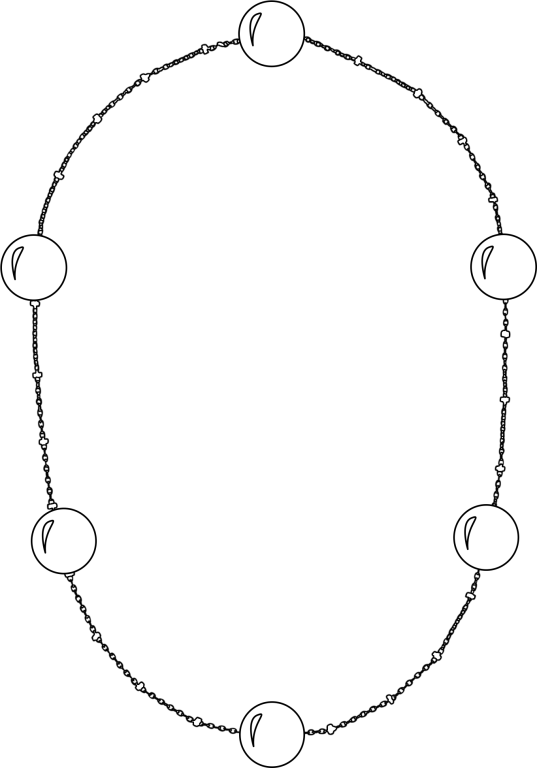题意:输入一串字符,O表示珍珠,-表示线,你可以移除珍珠和线,然后重新连接,可以无限次操作。最后连接出来的时候,每两个珍珠之间的线是否一样,一样就输出YES,否则就输出No。(题目最后更新了题意,全是线或者珍珠都输出YES)
题解: 特判全为线和全珍珠的情况,输出YES。一个珍珠也是YES,其余情况如果线是珍珠的倍数,也是YES,其余就是NO。
#include<bits/stdc++.h>
using namespace std;
int main()
{
string s;
cin>>s;
int a=0,b=0;
for(int i=0; i<s.size(); i++)
if(s[i]=='-') a++;
else b++;
if(!b||!a||b==1||a%b==0)
puts("YES");
else puts("NO");
return 0;
}
